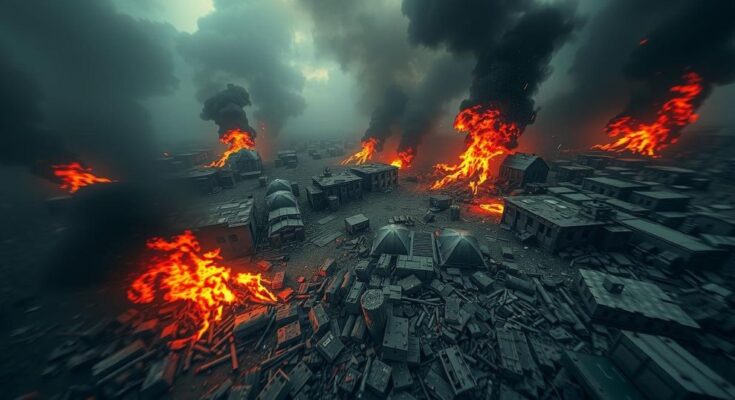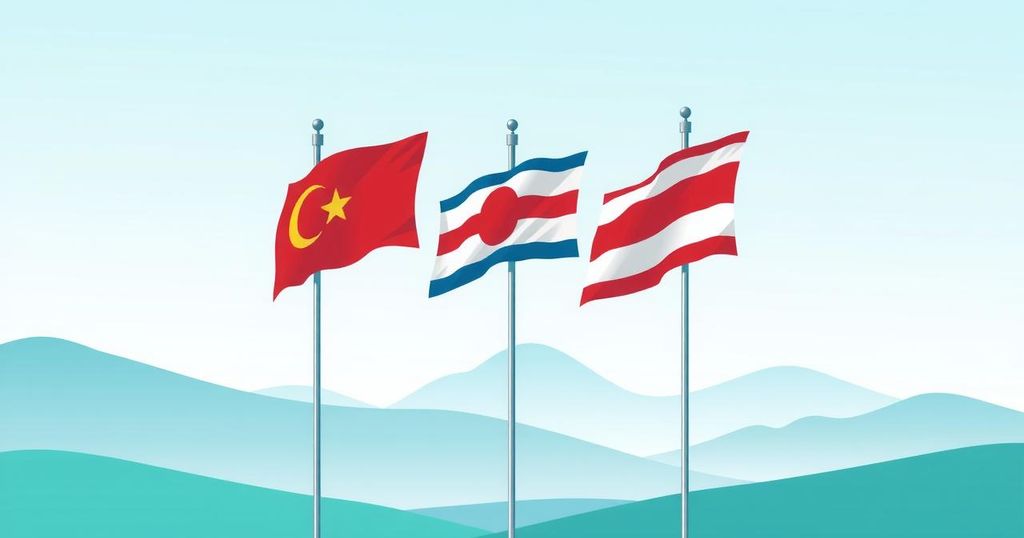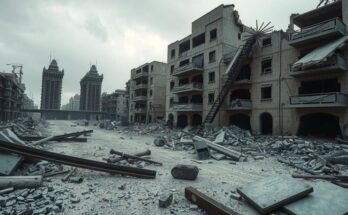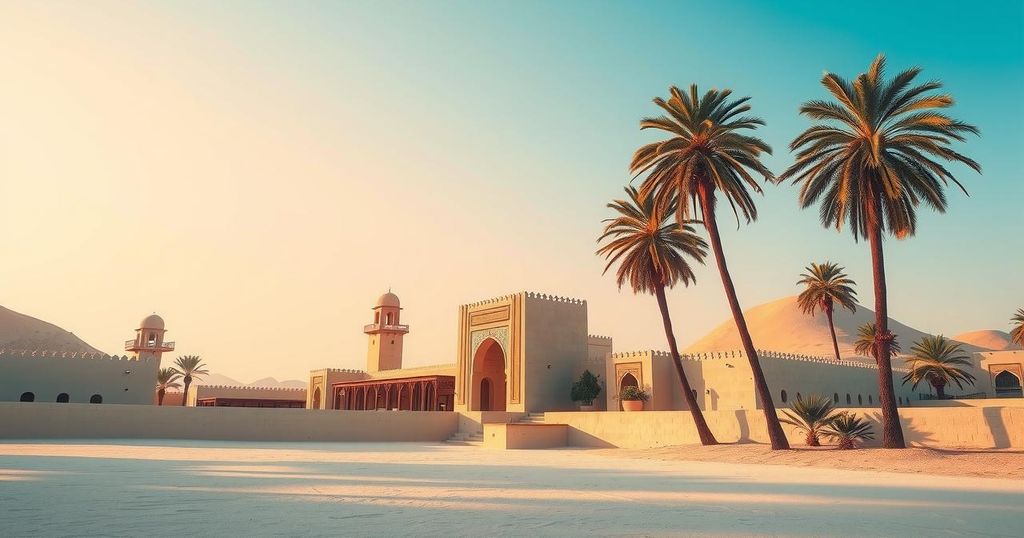Syria’s civil war has intensified as insurgents have captured significant territory in Aleppo, leading to a resurgence of clashes since the 2020 ceasefire. Key players include Syrian government forces supported by Russia and Iran, and various insurgent groups primarily backed by Turkey. The U.S. supports the Syrian Democratic Forces, who control eastern regions. The shifting dynamics in the conflict highlight the volatile nature of the long-running war.
The Syrian civil war has recently regained global attention following a significant rebel offensive that has enabled opposition fighters to seize control of Aleppo, the country’s largest city. This remarkable advance has come amidst the distraction and weakening of key players involved in the conflict, resulting in renewed clashes reminiscent of the pre-ceasefire violence last observed in 2020. Russian and Syrian forces are responding with extensive airstrikes aimed at curtailing the insurgents’ momentum, which has resulted in considerable casualties on both sides.
The civil war, which began in 2011 after protests against President Bashar Assad, has drawn in various international actors, including the United States, Russia, Turkey, and Iran. Despite a ceasefire in 2020 bringing a temporary halt to hostilities, opposition forces supported by the U.S. currently control over a third of the territory. The Golan Heights, seized by Israel during the 1967 war, remains under Israeli control, further complicating the multi-faceted conflict.
In the midst of these developments, it is crucial to observe the main entities involved in this ongoing struggle. Syrian pro-government forces, bolstered by Russian and Iranian military support, have historically maintained control over many significant urban areas, including the capital, Damascus. The recent loss of Aleppo represents a severe reversal for the Assad regime, which has relied on Iranian advisors and proxies, although these forces are presently diminished owing to regional conflicts.
Conversely, insurgent factions predominantly supported by Turkey have capitalized on the current chaos. Led by the Hayat Tahrir al-Sham group, which has attempted to distance itself from its former association with al-Qaida, these rebel forces have established an operational government and have conducted aggressive military campaigns against both government and Kurdish forces. Additionally, varying militant groups, including Turkish-backed coalitions, have been engaged in battling to assert their control over northern regions including Tel Rifaat.
Meanwhile, the Syrian Democratic Forces (SDF), a Kurdish-led group with U.S. backing, continue to occupy large portions of eastern Syria. The SDF has focused its efforts on combating the remnants of the Islamic State and currently maintains an encircled presence in Aleppo, although questions remain regarding their potential withdrawal from the area.
Since its inception in 2011, the Syrian civil war has transformed into a multifaceted conflict involving numerous stakeholders both domestically and internationally. The war originated from anti-government protests against President Bashar Assad and rapidly escalated into a full-scale civil war, drawing in foreign military interventions from powers such as the United States, Russia, Turkey, and Iran. Over the years, control of various territories has shifted amidst ongoing hostilities, ceasefires, and the influence of various insurgent groups. With the recent capture of Aleppo by rebel forces, the dynamics of the conflict are once again in flux, leading to renewed violence and international scrutiny as key players reassess their strategies and involvement.
In conclusion, the resurgent conflict in Syria, marked by the recent capture of Aleppo by rebel forces, underscores the ongoing volatility of the civil war that has persisted since 2011. The interplay of various actors, both state and non-state, such as Syrian government forces, Iranian militias, Turkish-backed insurgents, and U.S.-backed Kurdish fighters, continues to complicate the geopolitical landscape. As hostilities escalate once more, the future of Syria remains uncertain, reliant on the outcomes of these significant engagements and the responses of the involved powers.
Original Source: mynorthwest.com




